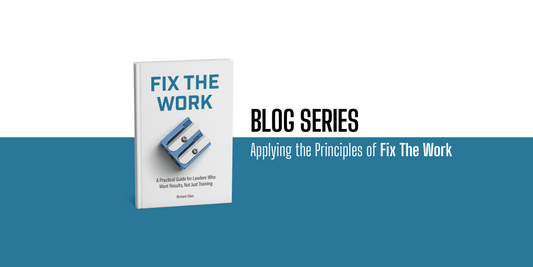The Growth Mindset Debate: When a Good Idea Gets Overhyped
Richard SitesShare This Post
Growth mindset—the idea that believing intelligence is malleable leads to better learning outcomes—has become one of the most celebrated concepts in education. Carol Dweck’s research showed that students who see challenges as opportunities for improvement tend to be more resilient and engaged in learning. It’s a compelling idea. It feels right. And it has been embraced at an almost religious level in schools and corporate training programs alike.
But like so many learning theories, growth mindset has hit a snag: large-scale replications have produced mixed results. Some studies show promising effects, while others fail to find meaningful improvements. The grand promises of growth mindset interventions—higher achievement, increased resilience, and transformational learning outcomes—haven’t consistently materialized in real-world settings.
Does that mean growth mindset is a failure? No. But it does mean we need to stop treating it as a magic bullet.
The problem isn’t with the core idea—encouraging learners to persist through challenges is obviously valuable. The issue is how it has been applied. Many growth mindset interventions have been reduced to shallow catchphrases: “Just work harder!” “You can do anything if you believe!” But mindset alone isn’t enough. Belief doesn’t replace strategy, support, or access to quality instruction. A struggling learner won’t suddenly excel just because they were told to think differently about failure.
Another issue is that growth mindset interventions often overlook systemic barriers to success. Telling someone to “believe they can improve” is useless if they lack the resources, guidance, or opportunities to do so. In education, factors like poverty, lack of access to effective instruction, and overburdened teachers can’t be solved by mindset alone. In the workplace, employees facing unclear expectations, toxic leadership, or unrealistic workloads won’t suddenly thrive just because they’ve been encouraged to embrace challenges.
This is yet another example of instructional design’s tendency to latch onto theory instead of focusing on people. We get so excited about big ideas that we forget real learning happens in messy, individual contexts. A well-designed training experience isn’t built on a single theory—it’s built by understanding learners’ real challenges, motivations, and needs. Growth mindset is useful, but it’s just one piece of a much bigger puzzle.
So, what should we do? Instead of blindly implementing growth mindset interventions, we should integrate the useful parts—encouraging persistence and resilience—into a broader, more practical learning approach. That means providing real strategies, meaningful feedback, and actual opportunities to improve, rather than just telling people to “believe in themselves.”
For example, instead of simply encouraging learners to “embrace failure,” we should equip them with concrete strategies for recovering from setbacks—structured coaching, targeted skill-building, and supportive feedback loops. Instead of vague encouragement, we should ensure learners have access to the tools, mentorship, and learning environments they need to succeed. Growth mindset is helpful, but it must be combined with real-world support systems to have any lasting impact.
Good instructional design isn’t about buying into the latest theoretical trend. It’s about designing for real people. Let’s focus less on hyped-up concepts and more on creating learning experiences that genuinely help people grow—whether they believe in a growth mindset or not. Because at the end of the day, it’s not what people believe about learning that matters—it’s what they actually do with the opportunities in front of them.




